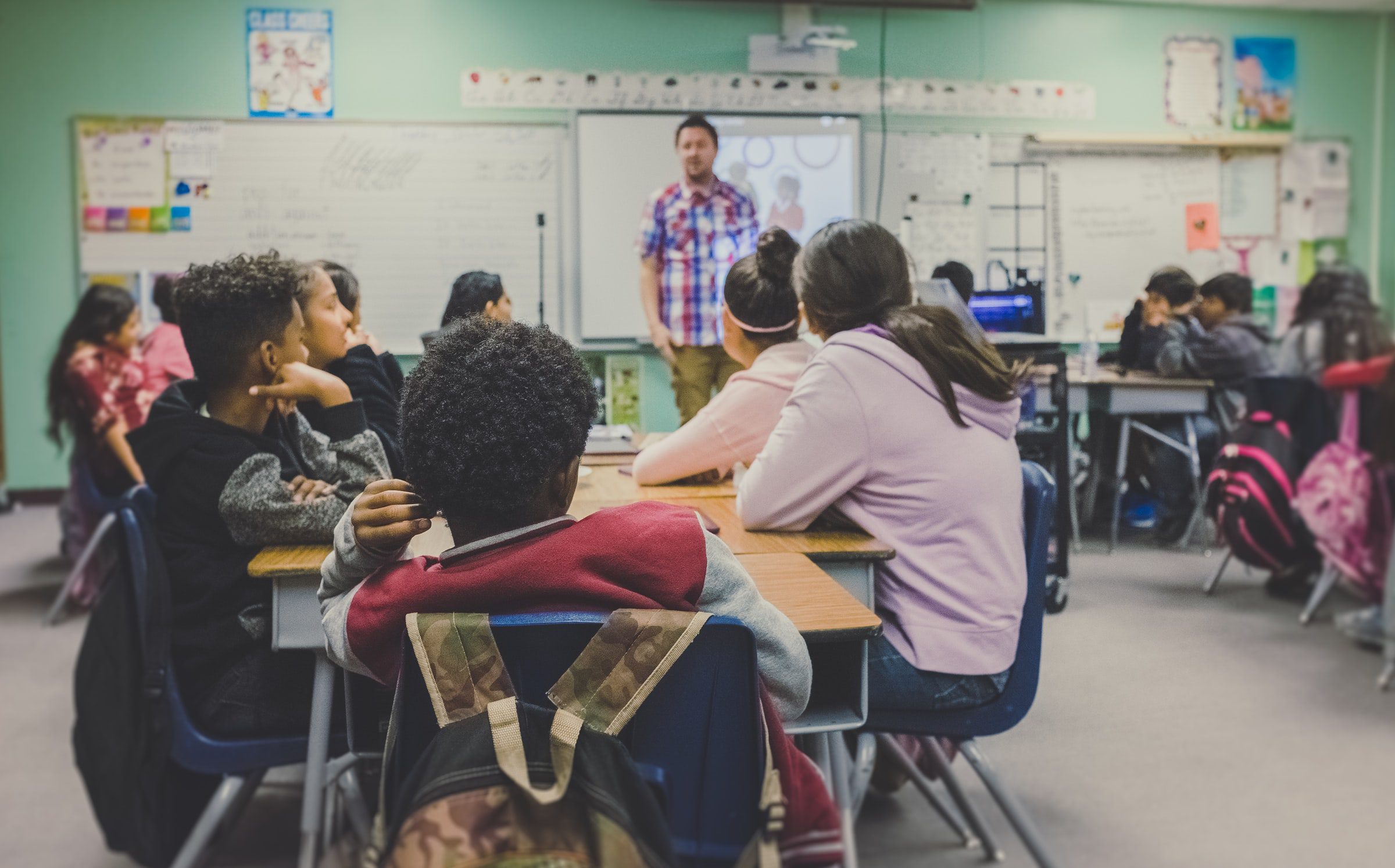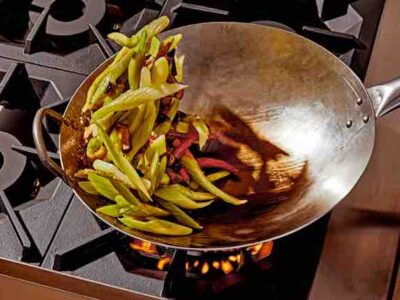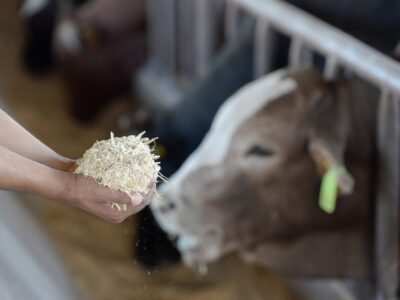Students in Phoenix schools are learning about healthy food and sustainable growing methods through Foodtech for the Future.
A new innovative six-week program called Foodtech for the Future is teaching K-12 students in metro Phoenix about healthy food and sustainable growing methods. Developed by the Arizona Sustainability Alliance, the program brings state-of-the-art food computers to low-income and Title I school classrooms. Each food computer uses a Raspberry Pi processor that tracks temperature, humidity, lighting, and carbon dioxide levels to both design and monitor plant growth. The system empowers students to develop their STEM knowledge and skills while providing access to healthy, sustainable produce. Foodtech for the Future hopes to inspire students to pursue careers in the sustainable food industry. For many students, it may be their first introduction to how food is grown.
“We identified a gap where a lot of students and adults don’t know where their food comes from,” said Arizona Sustainability Alliance Education Director Julia Colbert. “This kind of learning prepares students for a future where they are going to be engaged and connected to their local food system.”
Foodtech for the Future is about much more than simply growing healthy food – it’s about how to grow food in a way that sustains the local and global community. The tactile, hands-on program is designed to trigger conversations about the impact food has on the economy, society and the environment. Through the lessons and workshops, students think critically and begin to brainstorm solutions based on science, technology and math concepts. Students are likely to learn about robotics, biology, genetics, and computer skills while growing things like basil, legumes and lettuce.
The program allows students to track data collected by the Raspberry Pi processor and analyze the results. The data from each particular classroom is stored on a server, which gives students the opportunity to manipulate and share data from the plants while learning coding skills. The food computers themselves are a big draw for the program. They look like glowing neon terrariums, and each box-shaped computer creates its recipe based on the variables used to grow the product, and it can easily replicate those conditions for future crops.
“[The food computer] is a digital interface that controls physical objects,” explained food computer developer Caleb Harper. “What’s cool is that at the end of your grow cycle, you get a digital recipe. If you were to grow basil again, you would get the same thing every time. You can email the basil recipe to your friends, and they can run the program again and get the same thing, or they can start messing with it. My goal is to create more farmers through the box.”
American farmers have an average age of 58, and there’s an urgent need to move toward solutions in urban agriculture to feed cities responsibly. Foodtech for the Future hopes the program will inspire some of its students to work in sustainable agriculture in years to come. The program, partially funded by the ON Semiconductor Foundation, is just one of 20 projects and programs related to renewable energy from the Arizona Sustainability Alliance. The organization focuses on sustainable food, urban forestry, and conservation to guide the way to a greener future for Arizona citizens.





